This is a sort of hybrid of an omelette, the steamed egg custards which are popular in Asia, and a soup.
It is a good for busy families because:
(a) it is quick and easy to make;
(b) it can be eaten at any meal – breakfast, lunch, or dinner; and
(c) it can satisfy a diversity of tastes, since each family member can choose a personal set of ingredients and cook the meal in his own bowl.
Ingredients
Here’s a sample set of ingredients: eggs, cream, and bone broth (for a great broth, get bones with as much fat and collagen attached as you can!); scallions, tomatoes, and shrimp.
The volume of the cream and broth should be equal to the volume of the eggs. Water or milk can be substituted for broth if it is unavailable. Other ingredients we frequently use are shiitake mushrooms, onions, smoked gouda or pecorino romano cheese, bell peppers, bacon, meats, and fish. Not shown are herbs and spices to taste.
Start by mixing the eggs, cream, and bone broth:
Pour these into a bowl through a strainer. This breaks the egg white up into tiny pieces, mixing it into the fat and broth and preventing chunks of uncooked protein from appearing in the soup.
Then, mix in the other ingredients and spices to taste:
While you’re doing that, start a little water boiling in a wok:
You’ll need a steaming tray to put in the wok; this elevates the bowls above the boiling water.
If you have a large pot with a steaming basket, that will work equally well. We used the wok because it has a glass cover and we can take pictures as it cooks.
It comes out looking like this:
And here it is served:
You want to cook just long enough – 5 to 10 minutes depending on the size of the bowl – so that protein is cooked.
We’ve tried cooking this in the microwave, but it doesn’t taste as good: the egg comes out tougher.
Buffet-style family dinners
If not everyone has the same taste in food, set out ingredients buffet-style and let them build their own meal. Here are a few alternative ingredients:
Our wok fits three soup bowls:
This is what the finished product looks like:
Individual bowls take about 5 minutes to cook, one large bowl about 10 minutes.
Accompaniments
For complete macronutrients in one meal, potatoes or sweet potatoes with butter or sour cream, or rice with seasoned seaweed, and vegetables such as kimchi can be served alongside. We buy kimchi at an Asian supermarket on weekends and it relieves us from having to make vegetables during the week.
Conclusion
Steamed egg custards are very popular in China, Japan, and Korea, but they are generally made without cream or broth – just eggs, water, and salt. This particular version is our own invention, and we think the bone broth, the cream, and the delicate texture of the steamed egg make a delightful combination.







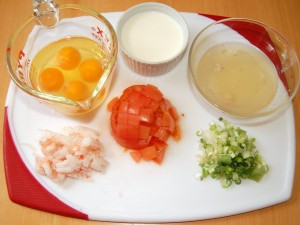
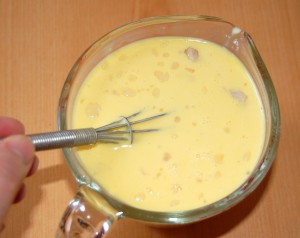
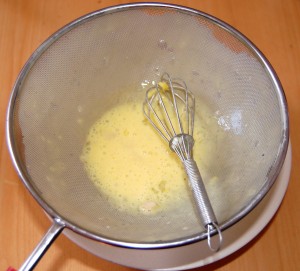
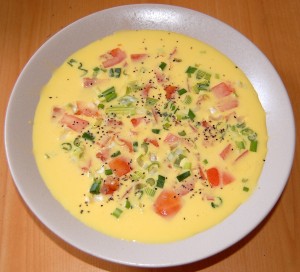
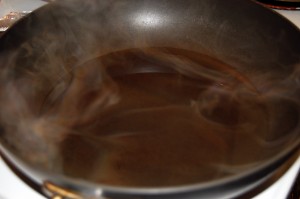
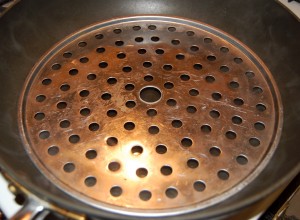


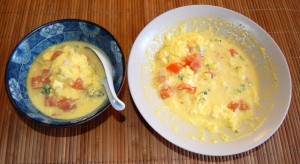
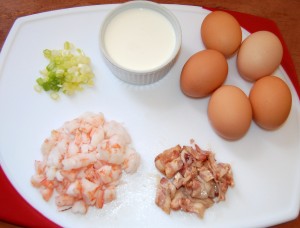
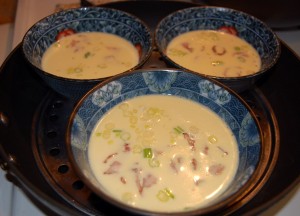
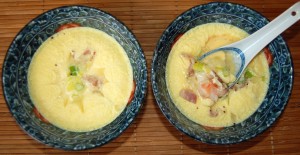



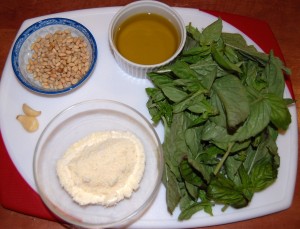
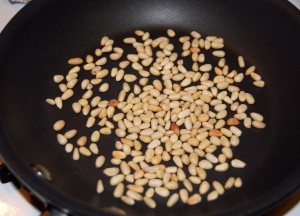
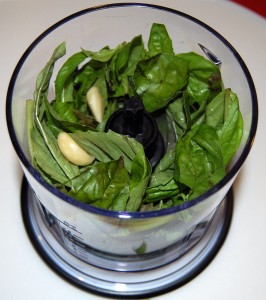
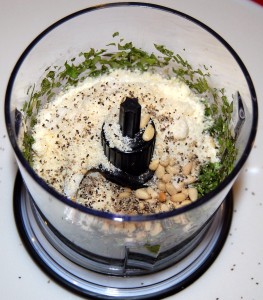
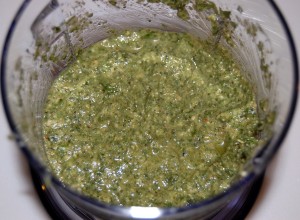
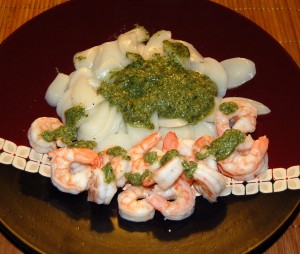
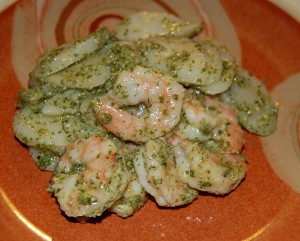
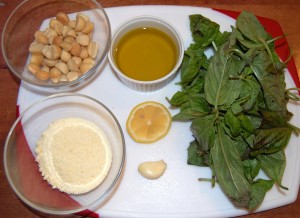
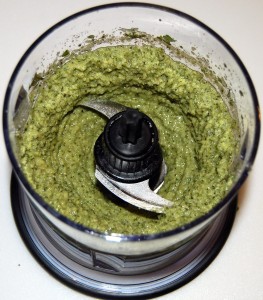
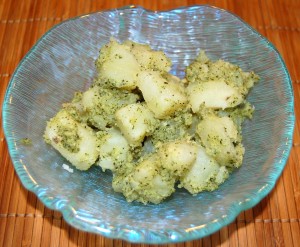





Recent Comments